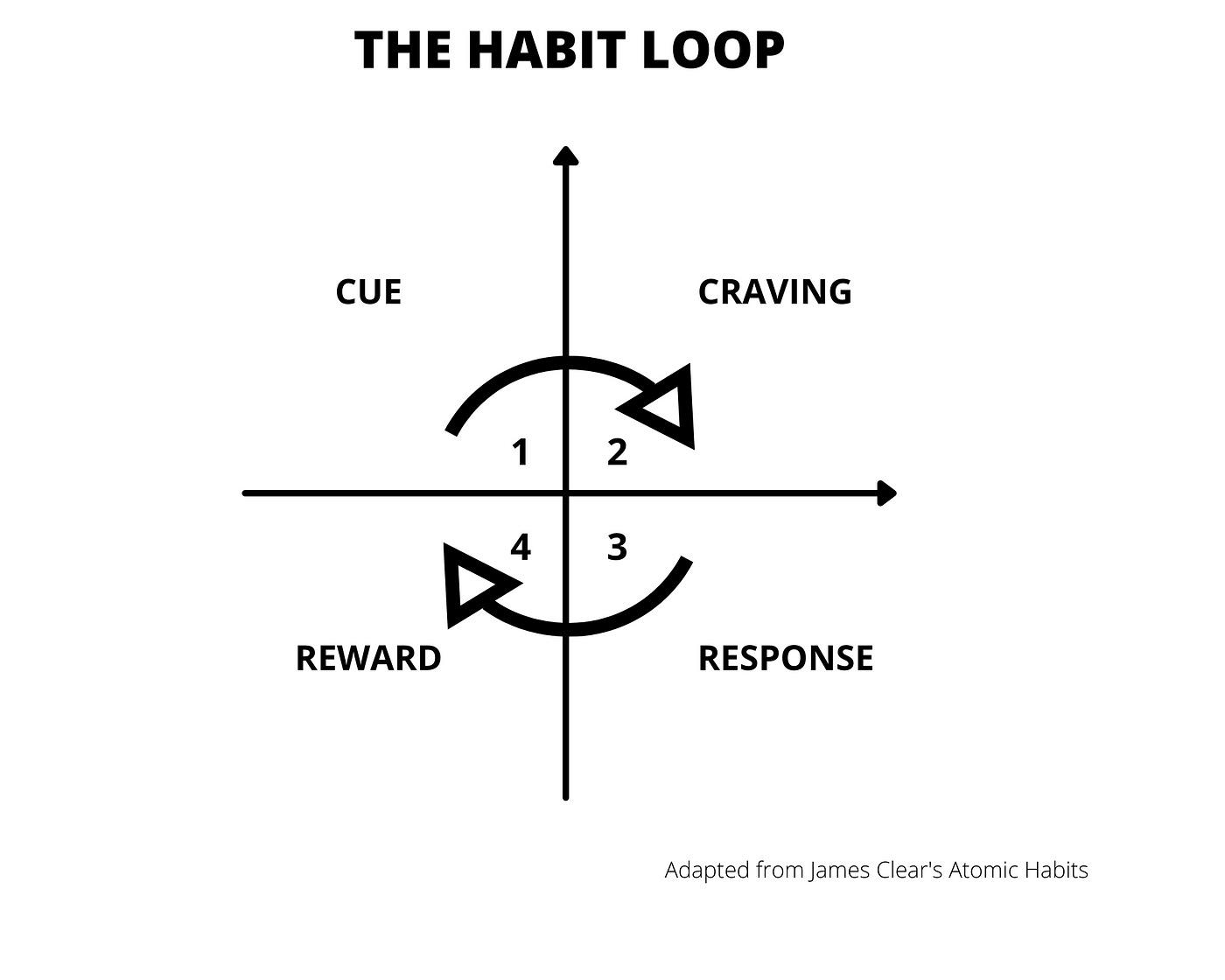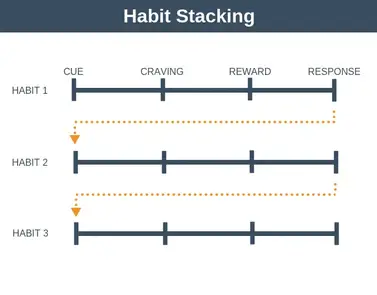Lessons from “Atomic Habits” by James Clear
In the fast-paced and dynamic world of franchising, the pursuit of success is not just about grand strategies and ambitious goals. It often hinges on the day-to-day habits that shape the actions and decisions of franchise owners, leaders, and even individual franchisees.
James Clear’s bestselling book, “Atomic Habits,” serves as an insightful guide to the transformative power of habits, providing valuable lessons that can be applied to achieve lasting success in franchise management.
Understanding the Core Concepts of “Atomic Habits”:
1. The Power of Atomic Habits:
Clear introduces the concept of atomic habits, small changes that compound over time to yield remarkable results. In the context of franchise management, this emphasizes the significance of incremental improvements in daily operations, customer service, and strategic decision-making.
2. Cue, Craving, Response, and Reward:
The habit loop – cue, craving, response, and reward – is a fundamental framework in “Atomic Habits.” Franchise owners can use this model to understand and optimize the habits within their franchise network, from the way employees interact with customers to the strategies employed in marketing and expansion.
Ensuring that habits and rituals are discussed and recorded in the culture of the franchise organization and that of the franchisees is a major benefit. Developing the franchise manual into habits provides a potential start here.


3. The Two-Minute Rule:
Clear introduces the two-minute rule, advocating for breaking down habits into tasks that take less than two minutes to complete. Franchise owners can apply this principle to streamline and simplify processes, making it easier for employees and franchisees to adopt positive habits that contribute to overall success.
4. Habit Stacking:
Habit stacking involves integrating new habits into existing routines. In franchise management, this could mean introducing new operational procedures or training methods that seamlessly align with established processes, making it more likely for these habits to be adopted and sustained.
Applying “Atomic Habits” Principles to Franchise Management:
1. Employee Training and Development:
The habit loop is particularly relevant in employee training and development within the franchise. Establishing cues that trigger a desire for learning, providing responsive training sessions, and offering rewards for skill acquisition can create a culture of continuous improvement.
2.Customer Service Excellence:
Habit formation plays a crucial role in delivering consistent and exceptional customer service. Franchise owners can identify cues that lead to positive customer interactions, implement effective responses, and reward employees for maintaining high service standards. Over time, these form habits that define the brand’s reputation.


3. Operational Efficiency:
Applying the two-minute rule can significantly enhance operational efficiency in franchise management. By breaking down complex tasks into smaller, manageable steps, franchise owners can streamline processes, reduce friction, and improve the overall effectiveness of daily operations.
4. Franchise Expansion Strategies:
Habit stacking becomes instrumental in implementing successful franchise expansion strategies. By integrating new market research practices, marketing approaches, or operational procedures into existing routines, franchise owners can foster a culture of innovation and adaptability, critical for sustained growth.
5.Leadership and Communication:
The principles of “Atomic Habits” are equally applicable to leadership habits within a franchise. Establishing effective communication cues, responding promptly to challenges, and rewarding collaborative efforts can cultivate a positive and productive leadership culture that cascades throughout the franchise network.
Overcoming Challenges in Cultivating Success Habits:
1. Resistance to Change:
Habit formation can be challenging, especially in the face of resistance to change. Franchise owners should actively involve employees and franchisees in the process, emphasizing the benefits of new habits and providing clear rewards to motivate adoption.
2. Consistency Across Locations:
Maintaining consistency in habits across various franchise locations poses a challenge. Utilizing habit stacking and establishing a standardized set of core habits can help ensure uniformity, creating a cohesive brand identity and customer experience.
3. Measuring and Monitoring Progress:
Effectively implementing habit changes requires continuous measurement and monitoring. Franchise owners should leverage key performance indicators (KPIs) to assess the impact of new habits and adjust strategies accordingly, ensuring that positive changes are sustained over time.


Conclusion:
“Cultivating Success Habits in Franchise Management” is not just about lofty goals; it’s about the daily habits that shape the franchise’s trajectory. “Atomic Habits” by James Clear provides a profound framework for understanding how these small changes can compound into remarkable success.
By applying the principles of atomic habits – understanding habit loops, adopting the two-minute rule, utilizing habit stacking, and more – franchise owners can create a culture of continuous improvement, innovation, and success.
In the franchise industry, where consistency and reliability are paramount, the transformative power of habits outlined in “Atomic Habits” can pave the way for enduring success and sustained growth.
